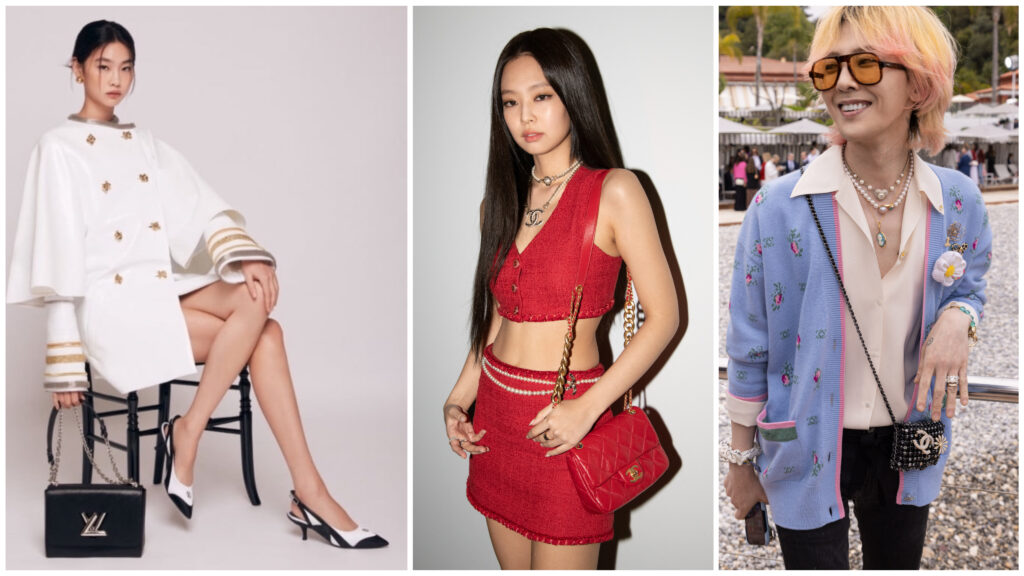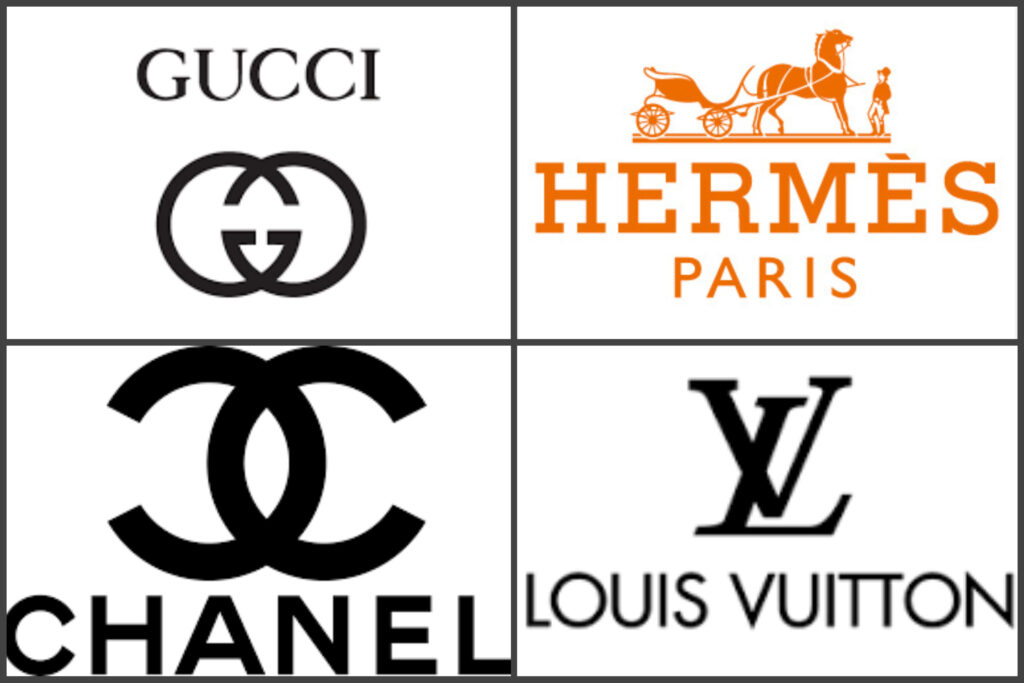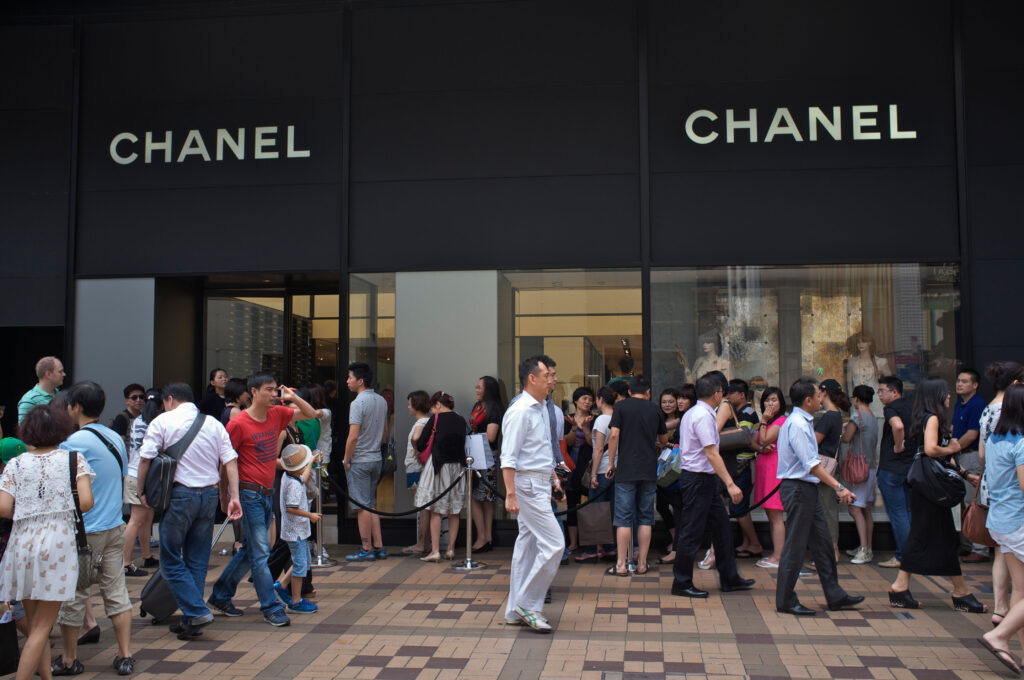
(Reuters)There is also a saying that it is a luxury republic, Korea, and in particular, as the consumption of luxury goods increases significantly, competition to meet the so-called “ceiling price” is also pointed out as a reason for the price increase.It’s right to think that it’s one of the things that everyone wants, but it’s too much because it raises the price frequently. How much is it’s
Louis Vuitton, which raised prices five times last year, has recently increased prices of major products such as handbags by 20 to 30 percent in four months since October last year.
For example, the Carpusin MM, which is called Louis Vuitton’s representative wedding gift bag in Korea, has risen from about $7,000 to $9,000 in Korea.That’s about a $600 increase.
Same goes for Chanel It has been uploaded four times last year alone, and most of the high-end overseas brands such as Prada, Dior, and Rolex have risen significantly.Officials at large department stores explain that luxury goods companies are forced to raise prices due to the prolonged Corona crisis, rising raw material prices, plus labor costs for manufacturing, and the global logistics crisis.One of the notable phenomena is that China and Korea are particularly important in the global luxury market
Experts point out that the so-called open-run phenomenon to enter overseas luxury stores and preoccupy goods as soon as the doors of department stores and others open is especially severe in Korea and China.In addition, you can give a waiting number ticket and enter the store after waiting for about 1-2 hours as much as 3-4 hours. Whether this is a privilege of a luxury store, I recently visited a place full of Singapore luxury goods, but it was not seen at all. What is especially so in Korea is that department stores are spending time to induce sales. Due to the so-called retaliatory consumption impact of the COVID-19 crisis, all three department stores have seen their overseas luxury goods sales soar 30-40%, and the so-called MZ generation has emerged as a big hand in the luxury market.Amid the prolonged COVID-19 crisis, sales of three department stores, Lotte, Shinsegae, and Hyundai, surpassed KRW 2 trillion and increased by an average of 16%.I can understand the increase in demand, but I can’t understand the frequent price increases.That’s exactly what I’m explaining when I ask a marketing expert.As the atmosphere of buying luxury bags of thousands of dollars as well as tens of thousands of dollars is spreading in Korea, major luxury brands are using “entry barrier marketing” that raises prices several times a year.Luxury companies have usually raised their prices 1-2 times every year around spring and fall when weddings are crowded, but this time it’s very different

As explained earlier, the competitive increase to meet the so-called “luxury ceiling price” by using retaliatory consumption by which luxury families who have been unable to travel abroad due to the COVID-19 incident in Korea. For example, they raise prices from time to time by looking at the surrounding trends such as other companies’ trends by brand.It is pointed out that in Korea and China, the more expensive it is, the better it is selling.For example, it takes 9,000 dollars for a bag and 4,000 dollars for a coat to hear the sound of luxury goods.If you buy something more expensive, and now most consumers buy it again and again as a sympathetic effect to it. Therefore, the consumption of luxury goods can be seen as a repetition of “sympathy and differentiation” and “sympathy and differentiation.” In particular, raising prices largely meets the need for differentiation.says the person concerned.

(Reuters)What I’m curious about is that the distribution industry (Korea owns a department store centered on a large company) can’t control this price increase?
This is because the Korean market and consumers are in a position to make sales even if they sell more expensive than they want to sell it to foreign luxury brands, to the extent that it is said to be a luxury republic, Korea.From the distribution industry’s point of view, there is a demand for luxury goods and profits are made through it, so unlike the general distribution structure, the company is Super Gap. Let’s listen to it for a second.In the retail industry, most luxury goods (companies) have superior status, so it’s all their authority to raise prices, and there’s nothing distributors can do.It’s called “Gapjung’s best, super best of the best Louis Vuitton, Chanel, Hermes, and the three companies’ total sales in Korea in 2020 are about $2.4 billion.
SOPHIA KIM
ASIA JOURNAL

